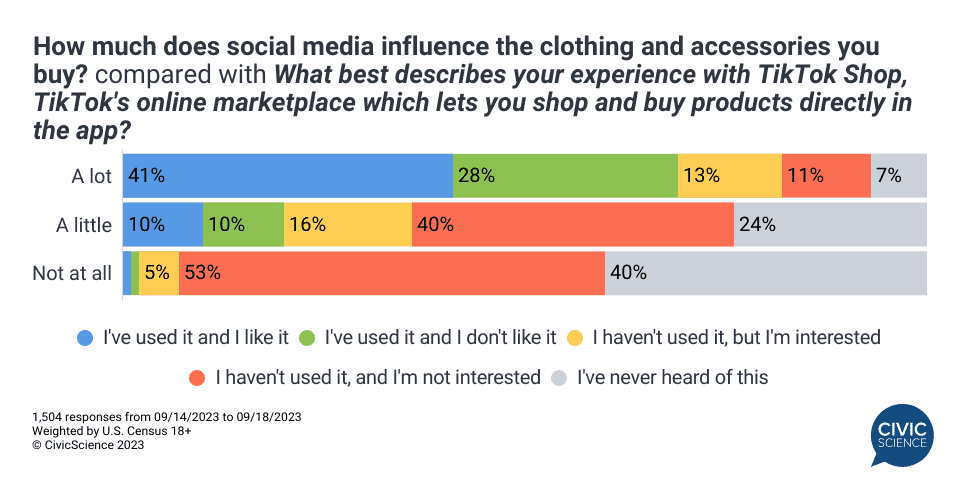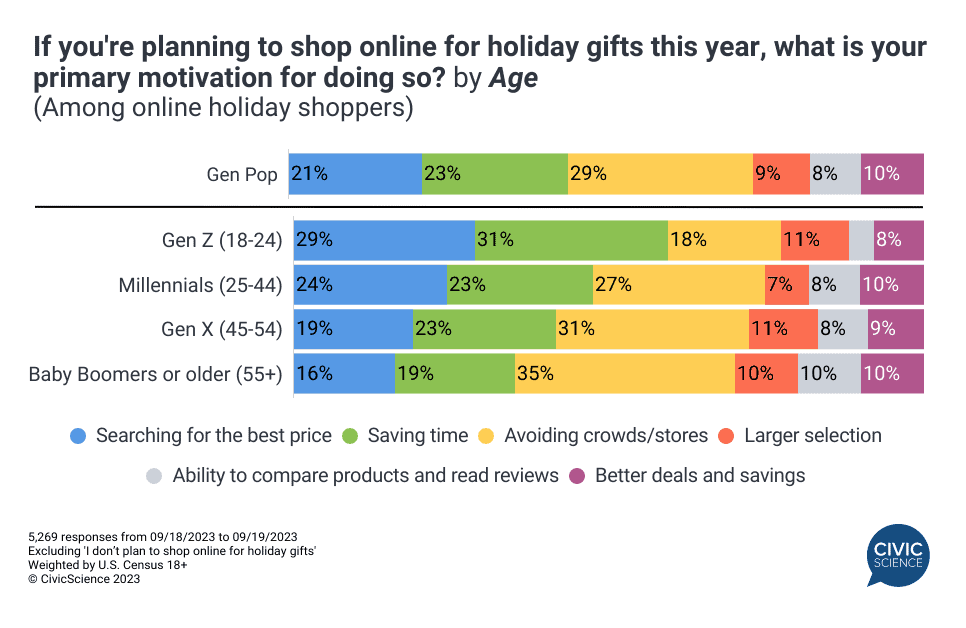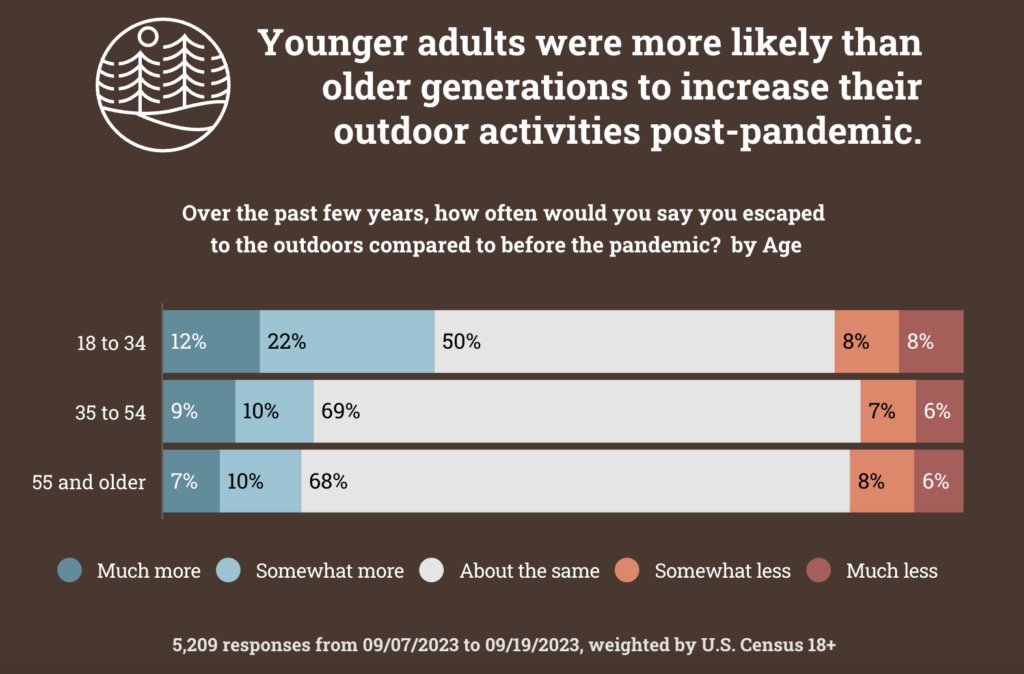I can see an empty nest on the horizon.
It didn’t register when Maddie left for college last year. She’d had one foot out the door when she was 8. She shipped off to theater camp in the Catskills for three weeks that summer, which turned into 9 weeks by the time she was 14. Every summer, I protested on deaf ears (Tara’s, that is).
It was nothing for Maddie to take the solo 9-hour train ride to Manhattan and navigate her way from Penn Station when she was 17. It seemed like she was only in the nest for a second.
Noelle was always the homebody. She liked her bedroom, her close family, her baking and stuffed animals. The outside world was a nuisance.
Then we sent her to summer camp at Johns Hopkins two summers ago, not exactly kicking and screaming, but not her idea either. By the time she came home, she was asking if she could go to boarding school (um, no). That little taste of flying turned her into a bird.
Noelle’s now had her driver’s license for a month. That’s what brought the empty nest much further into focus – not just because she has newfound wings, but because we do.
It will be a fascinating social experiment to watch how our vintage of Gen Xers approach their empty-nesting years. We’re effing tired.
Our parents left us in the nest by ourselves, a latchkey under the doormat. Our professional careers were greeted by 9/11. Our kids were born during a financial crisis and graduated during a pandemic. In between, our collective politics devolved and our country pulled apart at the seams. It was always something. At least we legalized weed.
In his book ROAR, Michael Clinton will tell you that many Gen Xers are poised to spend “the second half” of their lives reimagining them. Our data supports that theory. We’ll start wildly different careers, change directions, and pursue passions we weren’t afforded by the socio-cultural-economic pressures of our “first half.” I’ve always wanted to write a book.
Or maybe we’ll just happily do nothing – eating edibles, playing video games, and sleeping in. I’m on the fence.
Whatever we do with our empty nests, we’ve earned it.
Here’s what we’re seeing:
TikTok is getting into the social commerce game with a bang. TikTok Shop launched last week and the early returns will blow you away. Yes, only 8% of U.S. adults have shopped on the platform, so let’s keep it in perspective. But the number jumps to 30% among daily TikTok users, with another 18% saying they’re interested in it. That doesn’t even include the teenagers using their parents’ credit card – likely a huge group too. TikTok Shop has the potential to make big waves going into the holiday season, not just for retailers but for digital payment and Buy Now, Pay Later services.

In completely related news, online shopping is going to surge this holiday retail season. A record 45% of U.S. adults say they expect to do at least half of their holiday shopping online this year, up from 41% this time last year. The economic climate certainly has something to do with it. Always remember, the internet is a deflationary tool. But convenience – saving time and avoiding crowds – is the number one motivation for online shopping intenders this year. Again, we’re tired.

The pandemic brought us more in touch with nature. Hat-tip to my friend Brian Dodge at the Retail Industry Leaders Association for the inspiration on this one. We ran a study this week looking at whether social distancing outlasted COVID and, indeed, it has. Twenty-three percent of Americans say they spend more time outdoors than they did before the pandemic, and 42% say they use “being in nature” as a form of self-care. Those numbers are all much higher among Gen Z. Being locked indoors affected them more than anyone.

The cyberattack on Clorox could be awesome for Lysol, not that I’m saying they had anything to do with it. On Monday, Clorox announced that an attack on their IT system in August is still reverberating across the company and could cause product shortages through the end of the year. And when we asked Clorox customers where they’re likely to turn if shelves go bare, Lysol was their number one pick by a mile – although watch out for Walmart’s store brand. And, given that Clorox buyers aren’t the brand-centric type (compared to, say, Method or Seventh Generation), it could be tough for them to win those customers back.

They’re going to teach college courses about Twitter someday. I’m not one to write off Elon Musk. The dude has certainly climbed mountains. But it’s hard to see how he scales this one. After Musk made noise about charging everyone to use the platform, we asked Twitter users what they thought. Just 10% of all users and 26% of daily users say they would. Admittedly, the numbers could be somewhat higher. Survey respondents notoriously under-report their willingness to pay for things. Still, if even one-third of Twitter users stick around, you can say goodbye to whatever’s left of their ads business. As for the “X” rebrand…

Other awesomeness from the InsightStore™:
- Our 3 Things to Know this week: What happens when phenylephrine is pulled from the shelves, the divide over Biden impeachment hearings, and Hispanic Americans return to the movie theaters;
- Credit card usage is rising among Gen Z, just as processing fees are rumored to increase;
- New Balance is having an impressive surge in popularity, especially among Gen Z;
- People say they’re less likely to use Instacart now that they’re public;
- Five ways to predict whether someone is an early adopter.
The most popular questions this week:
Answer Key: Not very; Ribeye; Lots; Very; Not primarily, but several chairs often.
Hoping you’re well.
JD
Not on the list to receive this email every Saturday? Sign up here.








